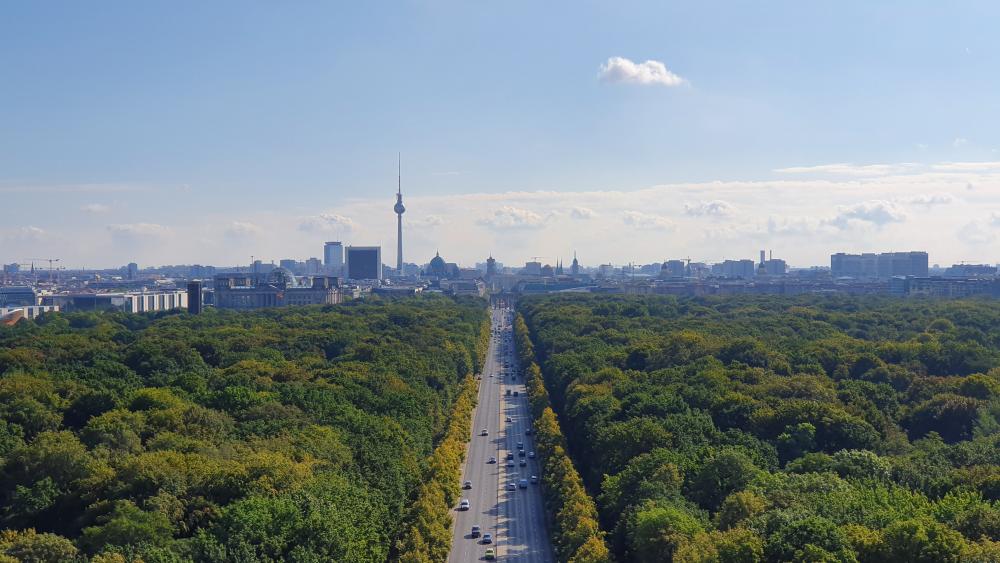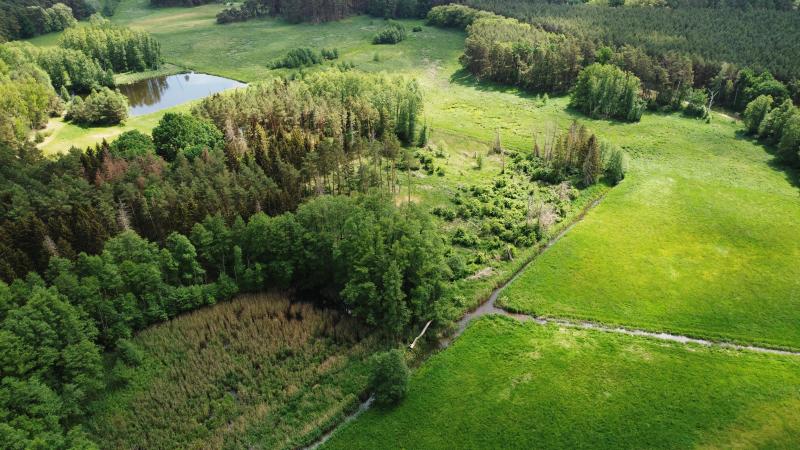
Berlin is a city with lots of green spaces. An IGB team investigated the water consumption of the common urban vegetation there. Shrubs proved to be particularly beneficial. | Photo: Aleksandar Ristov on Unsplash
Dörthe Tetzlaff's research group Landscape Ecohydrology used isotopic tracers and hydrometric measurements to investigate how water is distributed in different types of green spaces in Berlin. The researchers were able to determine how much precipitation evaporates, is absorbed by plants or seeps into the soil and feeds the groundwater. The study provides the first indications of how previously unirrigated – thus natural – urban green spaces will react to climate change. If warm and dry summers become more frequent, the importance of irrigation strategies could increase in Germany in the future.
Urban trees with high water demand
In the study, PhD student Lena-Marie Kuhlemann compared the role of grassland, shrubs and trees in the partitioning of precipitation into evaporation, subsurface and surface runoff, and water storage during longer dry periods with episodic rainfall.
Her findings: Soils under trees are particularly dry, which is mainly due to the high water demand of urban trees. In addition, there are interception losses from the canopy. To counteract future water stress as a result of several consecutive drought years, sustainable irrigation management will be required. While grasslands show high evaporation rates in the upper soil layers, they also promote rainwater infiltration, which can provide moisture to the soil and contribute to groundwater recharge.
Shrubs are beneficial
In areas planted with shrubs, soil evaporation is lower than under grassland, and plant water consumption, in contrast to the tree site, is limited to the upper and middle soil layers. Thus, this vegetation type can potentially prove very beneficial in keeping water consumption low for maintaining urban green spaces during prolonged periods of drought.
The researchers recommend that such aspects be taken into account in the selection of suitable plant and tree species and in the general planning of urban green spaces and they explicitly emphasise that a combination of a wide range of vegetation types can increase the resilience to climate change. The findings could help to better adapt urban water management and irrigation strategies to the respective types of green spaces. This way, it may be possible to manage urban green spaces sustainably and reduce the water footprint of cities.






